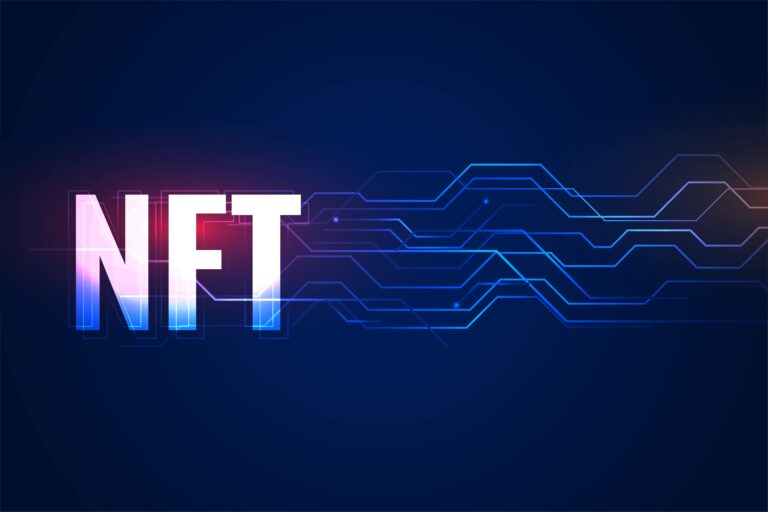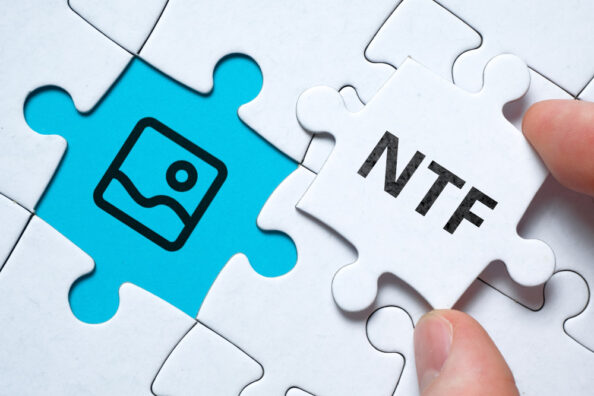
NFTs (non-fungible tokens) have rapidly evolved from digital art collectibles into a major financial instrument for tech-savvy investors. With new tools, platforms, and use cases emerging, learning how to invest in NFT has become more relevant than ever. Whether you’re curious about flipping JPEGs or backing serious infrastructure, this guide breaks down real strategies, risks, legal factors, and future trends—plus how to navigate related stocks and companies.

Minting refers to purchasing an NFT directly from a project during its initial launch. This is often the lowest price you’ll ever see for that asset—but also the most uncertain moment, since the market hasn’t yet reacted.
Example: In 2021, investors who minted “Bored Ape Yacht Club” for ~$200 later saw prices surge above $100,000+. But for every BAYC, there are hundreds of forgotten mints.
Tip: Only mint from doxxed teams with a clear roadmap and community engagement.
Buying NFTs on the secondary market (via OpenSea, Blur, Magic Eden, etc.) means you’re purchasing assets that others have already minted. Here, you have more data and tools to evaluate value.
If you’re unsure should I invest in NFT at mint or wait—monitor early trading activity for 24–72 hours and jump in only if the project shows strong organic traction.
NFT investors usually fall into two camps:
Buy low, sell fast—often within hours or days. Flipping works well during bullish markets and for hyped drops.
Buy NFTs for long-term value appreciation, believing in the brand, utility, or team vision.
The best NFT investors often combine both—flipping some assets for liquidity, while holding blue-chip NFTs for the long game.
As the NFT space matures, staking and lending options have emerged.
Stake your NFT on platforms like Astro Frens, Karak, or Binance NFT and earn tokens or rewards while keeping ownership.
Use platforms like NFTfi, JPEG’d, or Arcade to borrow stablecoins or crypto by putting your NFT up as collateral.
These strategies aren’t for beginners—but if you’re serious about how to invest in NFT long-term, they offer additional earning potential beyond flipping or holding.
Strategy Risk Time Needed Best For Minting High Short-term prep High-risk takers, early adopters Secondary Market Medium Medium Data-driven buyers Flipping High High Traders, short-term profit seekers Holding Low/Med Low Long-term believers Staking/Lending Medium Medium Passive income seekers Summary: Which Strategy Is Right for You
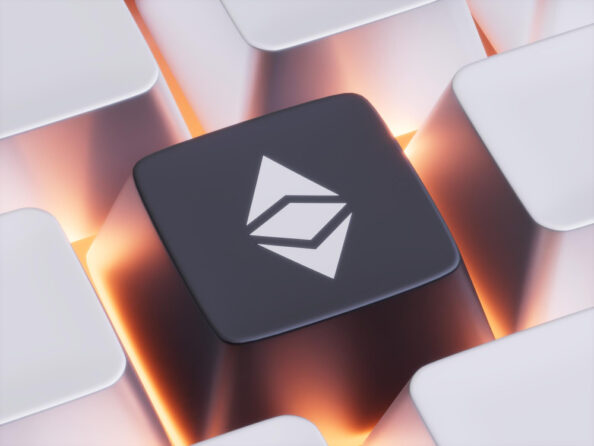
What makes one NFT collection skyrocket in value while another fades into obscurity? The difference lies in fundamentals—not just hype. If you’re trying to identify the best NFT to invest in, here are the key criteria to evaluate before buying.
In most NFT collections, certain visual or metadata traits are randomly assigned. Some are far less common than others — and that scarcity drives value.
How to assess rarity:
Be cautious: rarity alone doesn’t guarantee value. A rare trait only matters if collectors care about it. Sometimes, mid-tier NFTs are more liquid and easier to trade.
If you’re seeking the best NFT to invest in, look for rare assets that combine scarcity with market relevance.
NFTs that offer real benefits tend to perform better over time. This is known as utility — a critical element when choosing a long-term investment.
Common examples of utility include:
Before buying, check the project’s website or whitepaper for details about actual utility. A Discord FAQ section is often the best place to ask questions and verify promises.
In 2025, the strongest nft to invest in now are those offering multi-platform functionality or real-world rewards.
NFTs are social by nature. A strong, engaged community can support floor prices, generate buzz, and sustain the long-term growth of a collection.
Signs of a healthy community:
Red flags include silent Discords, low-effort Twitter content, or teams that ignore questions. Always spend time lurking in community channels before you buy.
The best NFT projects to invest in tend to have loyal holders and a shared long-term vision.
The quality of a project’s roadmap and the credibility of its founders are major indicators of long-term value. Promises are easy to make; execution is harder.
What to review:
Transparency is a strong trust signal. Look for teams that post updates, participate in public channels, and collaborate with other reputable projects.
The best NFT to invest in is often backed by a team with both vision and follow-through.
| Evaluation Area | What to Look For | Tools / Sources |
|---|---|---|
| Rarity | Unique, valuable traits with demand | Rarity.tools, Trait Sniper |
| Utility | Clear, usable benefits beyond visuals | Project site, roadmap, FAQ |
| Community | Organic activity, engaged holders, no bots | Discord, Twitter |
| Team | Doxxed, experienced, responsive | LinkedIn, project site, founder posts |
| Roadmap | Realistic plans with some delivered milestones | Blog, GitHub, public announcements |
To identify promising collections:
If you’re exploring which nft to invest in now, filter by real value, active development, and cultural relevance — not just short-term hype.
Not everyone is comfortable buying NFTs directly or navigating crypto wallets, gas fees, and marketplaces. For many investors, the better route is to invest in NFT stocks or support NFT companies to invest in through traditional financial instruments.
This method offers indirect exposure to the NFT ecosystem—without holding digital assets yourself—and can be ideal for those looking for regulatory clarity, liquidity, and portfolio diversification.
For those wondering how to invest in NFT stocks, the simplest approach is to buy shares of public companies that are actively building or enabling NFT infrastructure. These firms operate on regulated exchanges and often provide multiple revenue streams beyond NFTs.
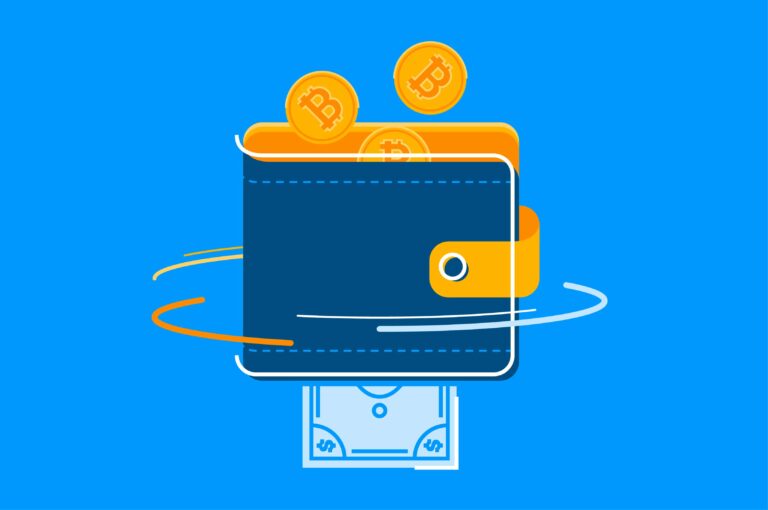
1. Coinbase (COIN)
One of the largest cryptocurrency exchanges in the U.S., Coinbase has launched its own NFT marketplace, giving users access to digital art and collectibles. While NFTs are a small part of its overall business, they reflect the company’s bet on the Web3 economy.
2. Funko Inc. (FNKO)
Known for its physical pop culture collectibles, Funko has entered the digital collectible space by releasing NFTs tied to limited-edition figures. It bridges Web2 and Web3 markets, targeting mainstream consumers.
3. DraftKings (DKNG)
A leader in fantasy sports and sports betting, DraftKings introduced gamified NFT collections, including exclusive athlete cards and interactive experiences. NFTs enhance engagement on the platform.
4. Immutable (IMX)
Although its token ($IMX) is not a traditional stock, Immutable represents the NFT gaming infrastructure powering titles like Gods Unchained and Illuvium. For some, investing in its token is a form of exposure similar to equity.
Choosing the right nft stocks to invest in requires understanding not just NFT hype, but how well NFTs are integrated into the company’s core business model.
If you’re looking to invest in NFT companies before they go public, the opportunity lies in private equity, venture capital rounds, or tokenized offerings.
1. Yuga Labs (Bored Ape Yacht Club)
Creators of the Bored Ape Yacht Club and owners of the CryptoPunks IP. They’ve raised hundreds of millions in venture funding and are developing the Otherside metaverse.
2. Dapper Labs (NBA Top Shot, Flow blockchain)
One of the earliest pioneers of mainstream NFTs, Dapper Labs continues to expand into sports, entertainment, and gaming partnerships.
3. OpenSea
The largest NFT marketplace by volume. While still private, OpenSea is one of the most watched candidates for a future IPO or token launch.
4. Animoca Brands
Although based in Hong Kong and not publicly listed on U.S. exchanges, Animoca has stakes in hundreds of NFT and metaverse projects. They offer indirect exposure to dozens of ecosystems.
To invest in NFT companies at this stage, you typically need access to venture capital firms, private funding rounds, or launchpad platforms offering early-stage tokens.
| Aspect | Advantages | Considerations |
|---|---|---|
| Accessibility | Buy via brokerage platforms like Robinhood or eToro | Not all NFT-native companies are publicly listed |
| Diversification | Exposure to crypto without owning NFTs | NFT may be a small part of overall business |
| Regulation | Stocks are subject to financial oversight | Regulatory clarity still evolving in Web3 |
| Liquidity | Stocks can be bought/sold quickly | Private companies have limited exit opportunities |
If you’re exploring how to invest in NFT stock in 2025, here’s a basic roadmap:
For example, instead of minting an NFT yourself, you could invest in NFT stocks like Funko or Coinbase, which benefit from broader adoption of NFT technologies and platforms.
Despite the headlines and hype, NFTs are high-risk, speculative assets. Understanding the key dangers is essential before making your first investment.
NFT prices are highly sensitive to market sentiment. What’s trending today can crash tomorrow. Collections can lose 90% or more of their value in a matter of days or even hours.
Risk management tip: Only invest money you can afford to lose, and avoid buying NFTs just because they’re trending.
The NFT space is a prime target for scammers, especially new investors.
Common threats include:
Use a hardware wallet (e.g., Ledger) and verify every transaction. Bookmark official sites, and never click unsolicited links.
The legal framework around NFTs is still evolving. In some countries, NFTs may be considered collectibles; in others, certain NFTs could be reclassified as securities—especially if they promise future profits or staking rewards.
Possible regulatory issues:
Stay informed through updates from regulators like the SEC, ESMA, or your national financial authority.
If you lose access to your crypto wallet (e.g., via a lost seed phrase or hacked device), your NFTs are likely gone forever. Unlike banks or brokerage accounts, there’s no central authority to help you recover assets.
Precautionary steps:
Should I invest in NFT if I’m not confident with crypto wallets? Maybe not yet. First, learn how self-custody works and practice with test wallets.
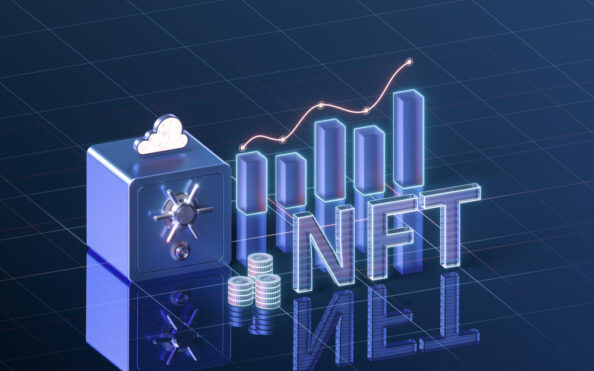
One of the most overlooked aspects of NFT investing is taxation. Even though NFTs live on the blockchain, tax agencies around the world are paying close attention.
Other scenarios:
In both the UK and most EU countries, NFTs are generally taxed under existing crypto and capital gains tax frameworks. However, guidance can vary, and regulations are still evolving.
According to HMRC (Her Majesty’s Revenue and Customs):
HMRC does not treat NFTs separately from other cryptoassets but may review this in future guidance.
While taxation rules vary by member state, general trends include:
As of now, the EU has no unified NFT-specific tax framework, but under MiCA (Markets in Crypto-Assets Regulation), future classifications may change.

Tip: When unsure, treat NFTs like crypto — track every move, keep receipts, and assume tax applies.
The next wave of NFT innovation is already underway:
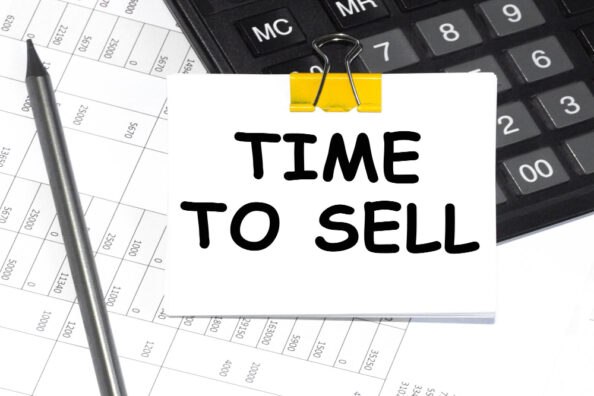
Leverage analytics and community platforms for smarter decisions:
| Tool | Use Case |
|---|---|
| NFTGo | Market trends, floor price, holder count |
| DappRadar | Collection rankings and dApp usage |
| Nansen | Wallet tracking and “smart money” activity |
| Twitter / Discord | Real-time sentiment and updates |
| Rarity.tools | Rarity scores and ranking by traits |
Metrics to track:
NFTs offer opportunity—but require diligence. If you’re learning how to invest in NFT, treat it like any asset class:
Choosing the right nft to invest in could mean the difference between loss and a long-term win. Start slow, stay informed, and never stop learning.
In general, NFTs are a modern investment and can be a perfect match for those who are interested in art and want to benefit from the latest trends. Although NFTs are gaining popularity, that doesn’t mean they won’t be replaced by something new in the future.
NFTs have several obstacles, including high fees and a limited buyer pool. They’re also too volatile to be considered a safe investment. Remember, it’s never a good idea to invest money you can’t afford to lose. Therefore, you can use non-fungible tokens as a high-risk investment to diversify your portfolio but prioritize low-risk investments first.
If you have any questions or ideas, don’t hesitate to contact on Telegram our blockchain experts.
